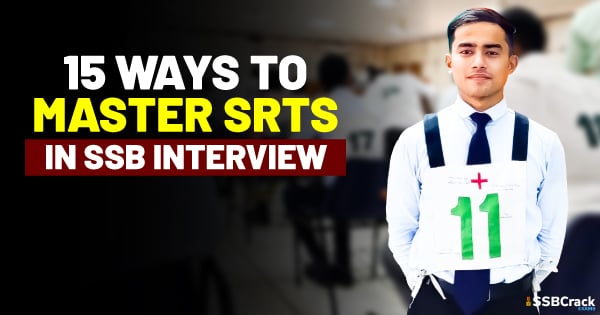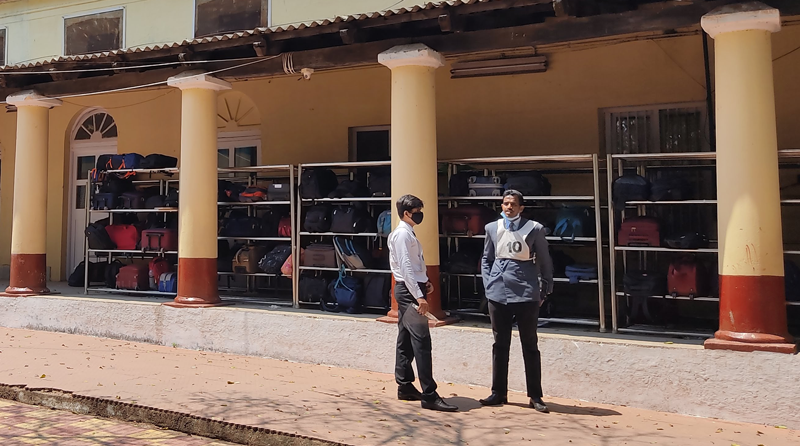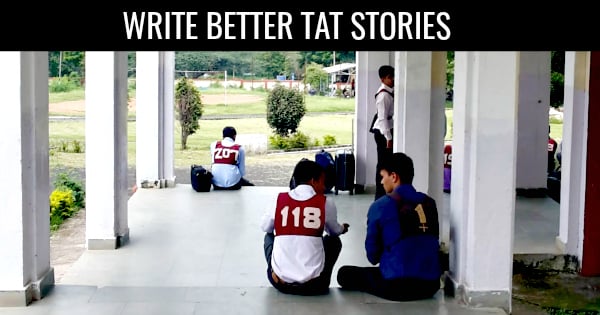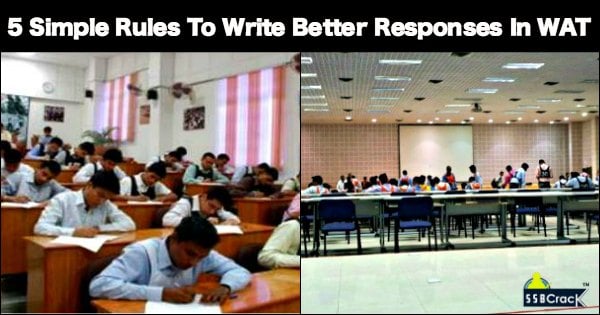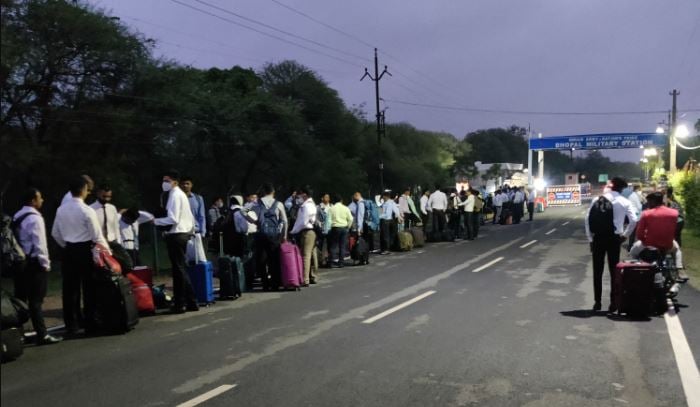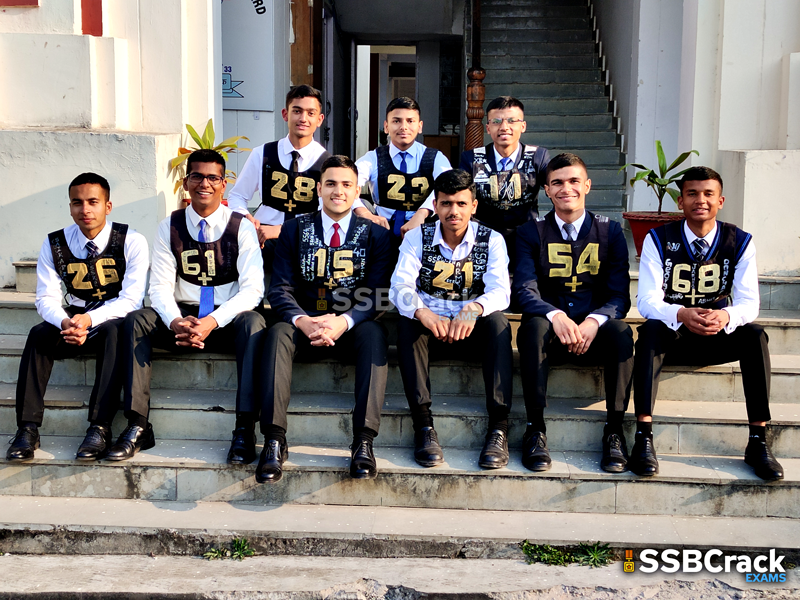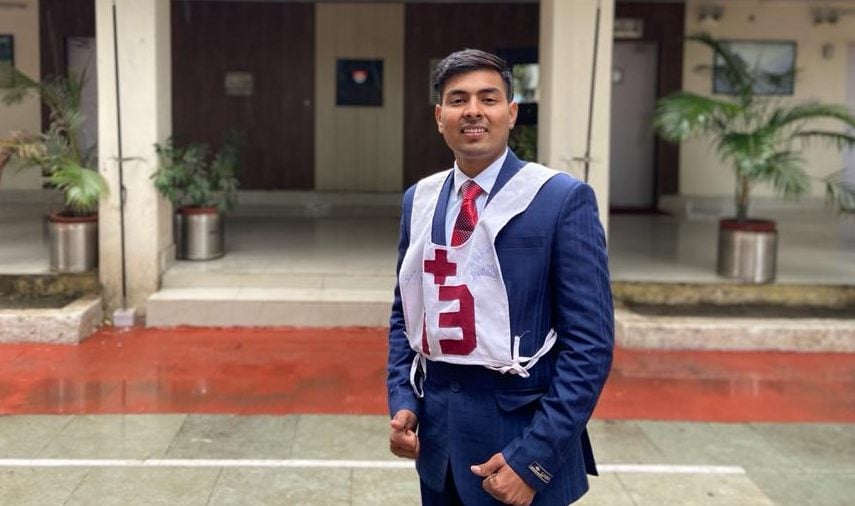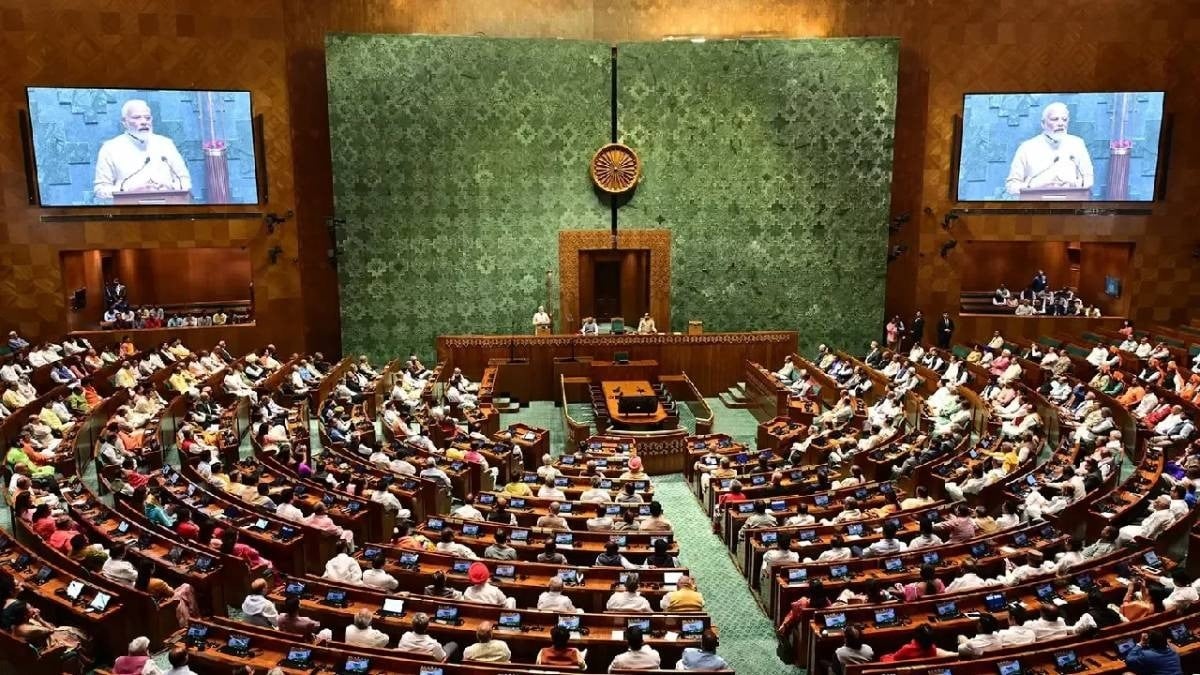Good day, Warriors! For candidates aspiring to join the defense forces, successfully passing the SSB Interview is no small feat. The selection process spans five days and consists of various stages and examinations designed to assess the candidates’ suitability. One of the key components in this rigorous process is the Situation Reaction Test (SRT), which takes place on Day 2, following the Thematic Apperception Test (TAT) and the Word Association Test (WAT).
The SRT serves as the third psychological test in the series and is crucial for evaluating a candidate’s problem-solving abilities and decision-making skills. It immediately follows the WAT with a brief ten-minute interlude, requiring candidates to respond to hypothetical yet common challenges they might encounter in daily life. The insights gained from their reactions reflect not only their common sense and maturity but also their capacity for empathetic reasoning.
Understanding the SRT
The Situation Reaction Test includes 60 scenarios that depict everyday situations. Candidates are given a booklet containing these scenarios where they must articulate their thoughts, feelings, and actions in response to each situation. Although candidates have 30 minutes to complete the test, they are essentially given 30 seconds per scenario, which adds a layer of time management to the task.
A separate answer sheet is provided for recording responses, ensuring clarity and organization in the candidates’ answers. This structured approach helps both the candidates and the evaluators focus on the essence of the responses.
Tips for Excelling in the SRT
To maximize your performance in the SRT, consider the following strategies that can help you complete the 60 scenarios efficiently:
-
Immediate Responses: Write down your first instinctive thoughts upon reading a scenario. Ensure these thoughts are logical and sensible.
-
Clear Handwriting: Maintain a neat and continuous handwriting style. This clarity can significantly impact the assessment of your responses.
-
Mindful Responses: Avoid writing socially unacceptable comments, as skilled psychologists are adept at identifying inconsistencies that could indicate a lack of authenticity.
-
Natural Reactions: Envision yourself in each situation and respond as you believe a genuine reaction would unfold. Authenticity is key.
-
Observation Skills: Pay attention to how characters in films tackle challenges similar to those in the scenarios. This can provide insightful pointers on appropriate responses.
-
Complete Thoughts: Ensure that every response is a complete thought. For example, if the prompt states, “his iron was not working…,” conclude with, “he got it repaired.”
-
Conciseness: Given the tight time frame, avoid unnecessary elaboration. Opt for succinct responses that convey your point effectively.
-
Insightful Conclusions: Always strive for a relevant and insightful resolution or reaction, as this enhances the impression of your adaptability.
-
Varied Responses: If a scenario echoes a previous one but is framed differently, approach it with a unique response to demonstrate flexibility in your thinking.
-
Responsibility in Reactions: Reflect accountability in your answers. Avoid impulsive reactions; instead, aim for measured and responsible responses.
- Time Management: Be aware of the thirty seconds for each scenario and manage your time wisely to cover all questions.
Preparing for the SRT
Practicing these response techniques will make the SRT feel more manageable. Regular practice, combined with strategic preparation, will equip you to handle the test with confidence and composure.
If you found this article useful, consider sharing it with peers preparing for the SSB. Additionally, for further guidance, there are online courses available to help you prepare for the SSB Interview effectively.
By adhering to the strategies outlined above and engaging in consistent practice, candidates can enhance their preparedness for the SRT, ultimately leading to greater success in their SSB journey.
